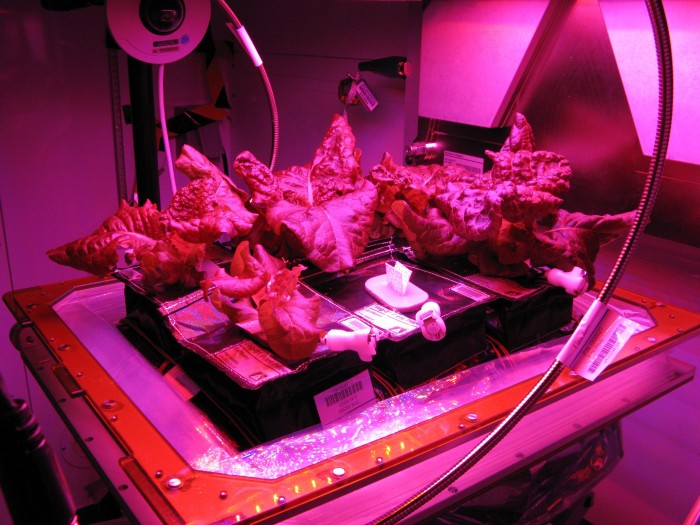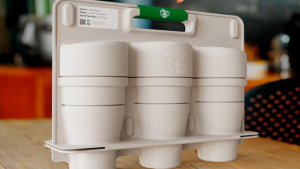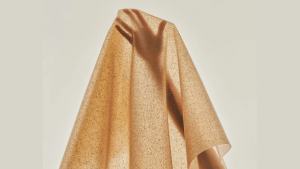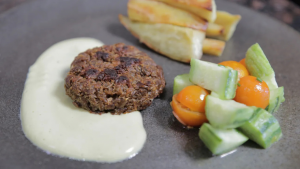
Astronauts-cum-space-farmers living aboard the International Space Station (ISS) have grown fresh produce in space for the first time. For decades, National Association of Space Aviation (NASA) and other space agencies have experimented with growing plants in space, but the results were always sent to Earth for examination, rather than eaten in space. Until now.
The astronauts have grown red romaine lettuce on the ISS using a vegetable production system known as Veggie. The system was designed through a partnership between Orbital Technologies and the Kennedy Space Centre and it employs LEDs, which are highly efficient, long lasting and radiate hardly any heat.
Veggie provides lighting and nutrient delivery to the crops as well as using the environment in the cabin to control the temperature and the amounts of carbon dioxide necessary to promote growth. Veggie is capable of producing salad-type crops to provide the crew with palatable, nutritious and safe source of fresh food and as a tool to support relaxation and recreation.
Astronauts Kjell Lindgren, Scott Kelly and Kimiya Yui have consumed the space lettuce and they’ve declared it “awesome” and “good”.
NASA’s push into the frontiers of space will undoubtedly continue to advance the state of the art of space travel opening endless possibilities into the future of life outside of earth.
As the space agency delves deeper into space missions such as a trip to an asteroid or Mars, space farming will become less of a novelty and more of a necessity. Fresh produce and plant life will be an integral part of any life-support system for extended missions, providing food and oxygen and processing waste.
Video courtesy of NASA.






